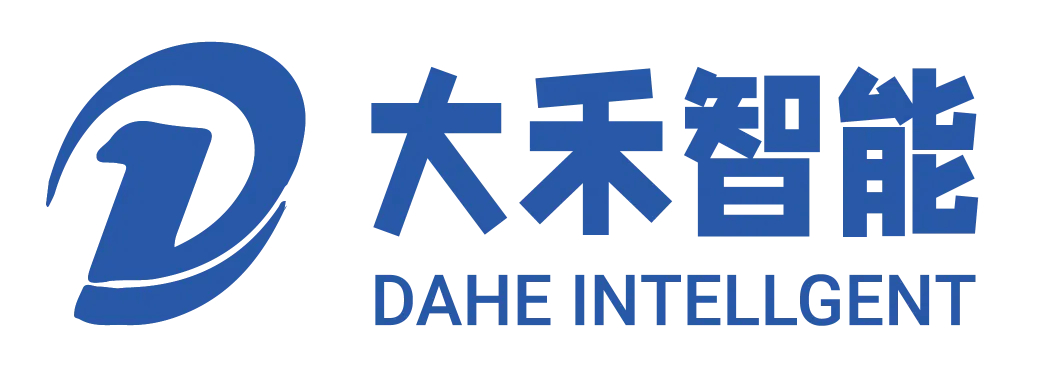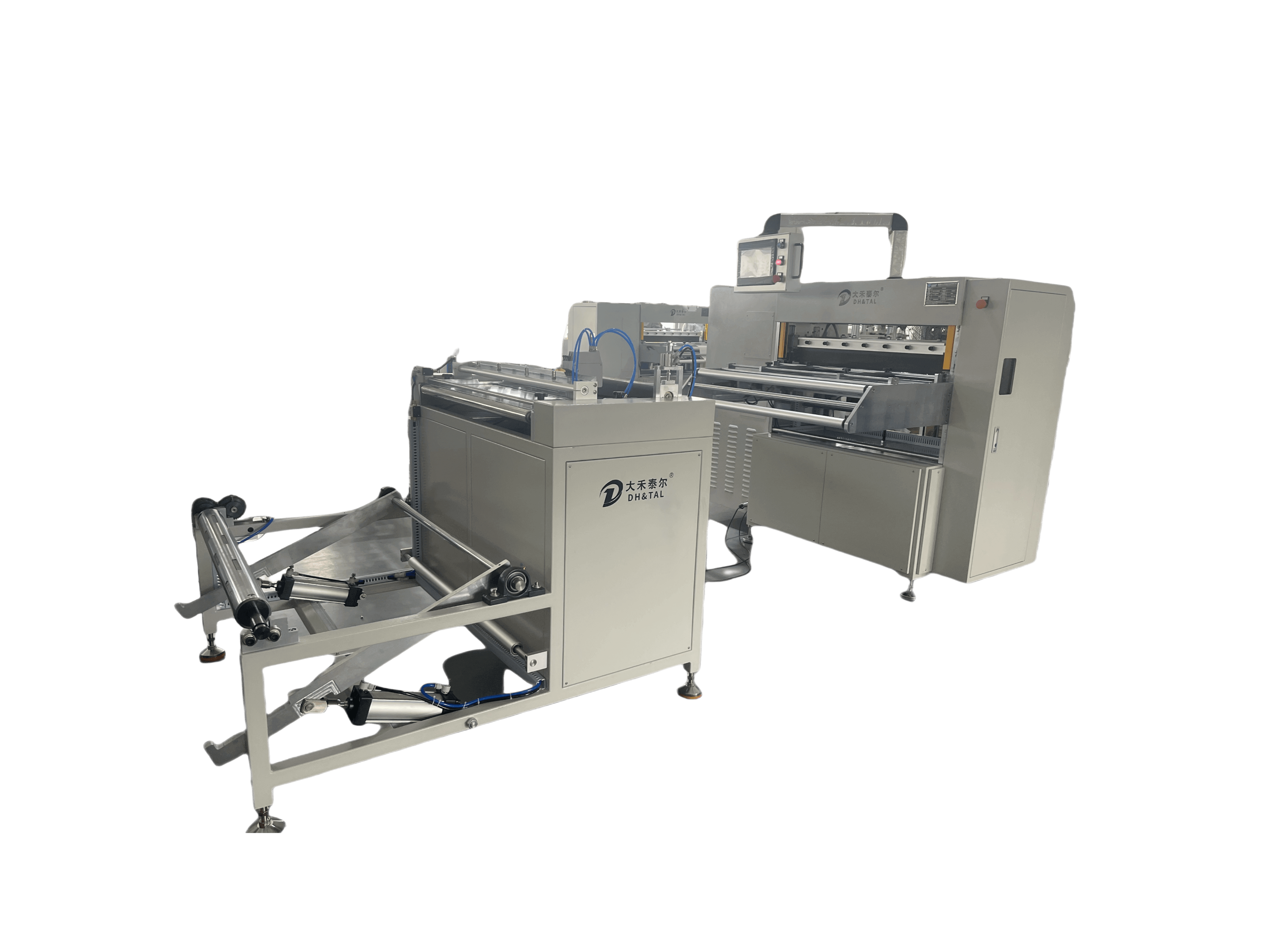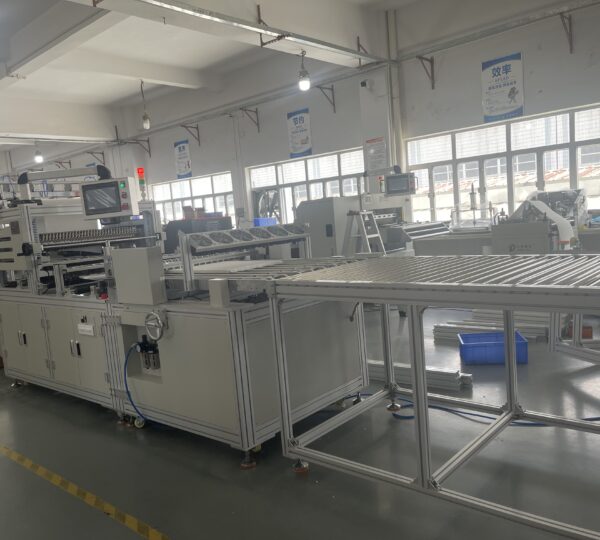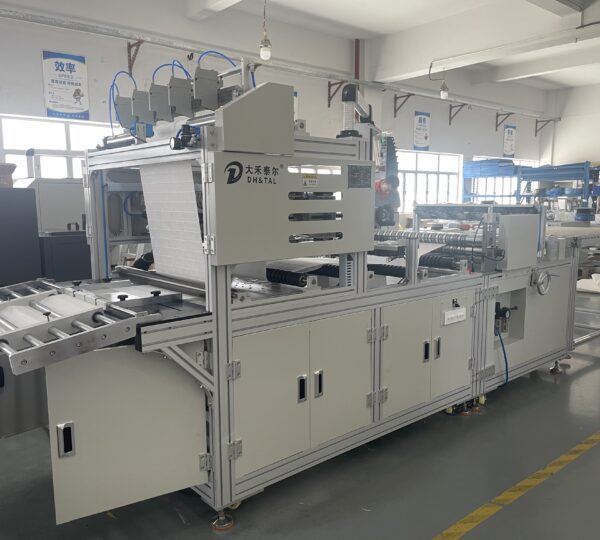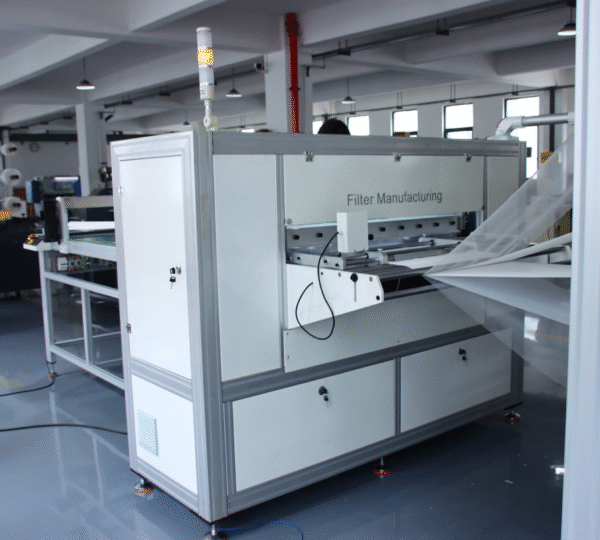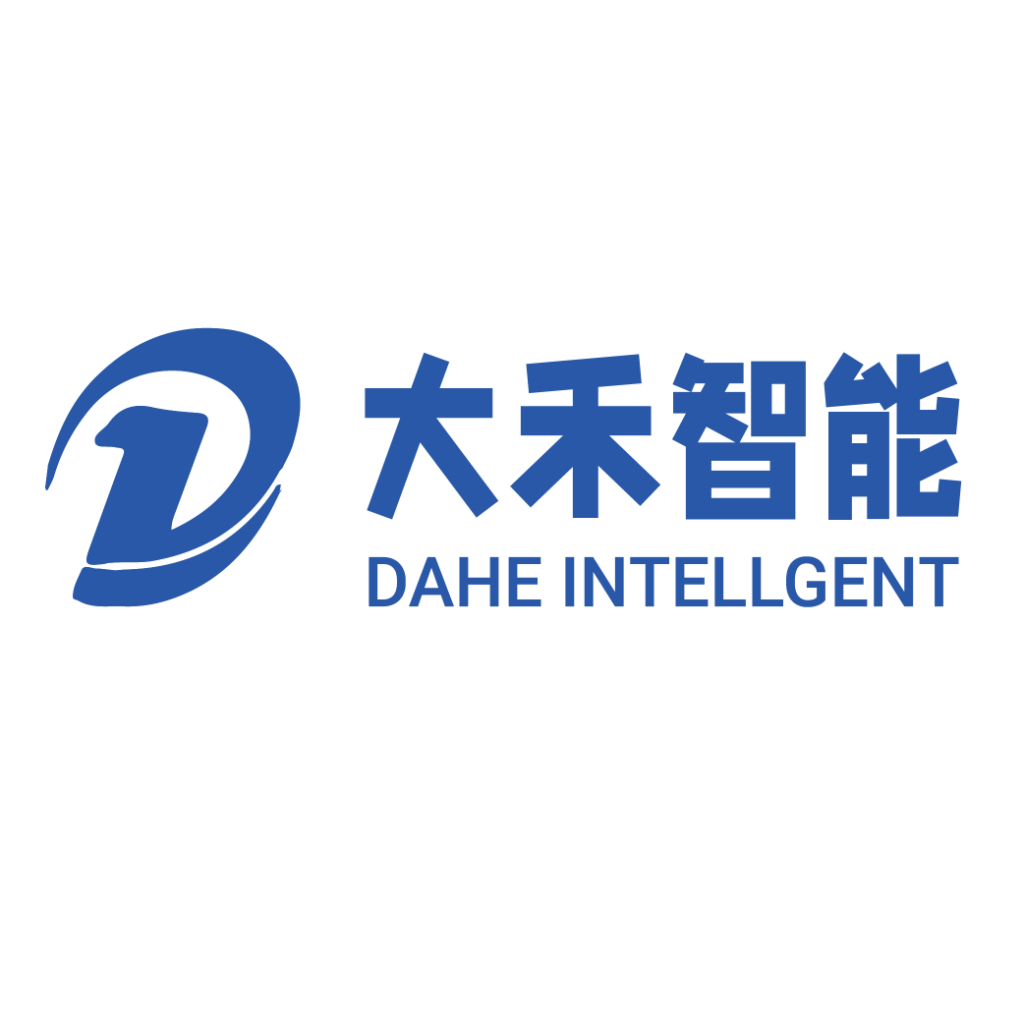An Automatic Glue Injection Filter Line speeds production and improves consistency. It applies precise glue patterns to media before pleating. Consequently, pleating machines receive uniformly bonded substrates. This reduces rejects and lowers rework. In practice, glue injection is integrated upstream of the pleating heads, allowing pleats to form on pre-bonded panels. Moreover, automation reduces human error and improves throughput. Therefore, production lines become more predictable. Additionally, buyers experience better part-to-part consistency.
Core Components and Layout
First, the line needs a stable frame and an indexing conveyor. Next, glue stations are equipped with adjustable heads, and sensors position the media before injection. Therefore, the system avoids misfeeds and skips. In most setups, a metering pump supplies adhesive under closed-loop control. Meanwhile, vision systems verify the placement of beads. Additionally, heating elements maintain the glue at the target viscosity.
Furthermore, dust and particle control protect both glue and media. Finally, planners position the glue line to ensure the pleating machine receives media without interruption. These design choices make the whole system reliable and repeatable.
Glue Injection Mechanics and Precision Control
Glue pumps must meter accurately to the microliter. For example, positive-displacement pumps deliver consistent doses. In contrast, simple pressure-fed systems vary with temperature and backpressure. Therefore, choose pumps that compensate automatically. Additionally, valve timing is synchronised with conveyor indexing to deposit repeatable beads.
Additionally, needle geometry and nozzle spacing influence the bead profile. Consequently, engineers adjust the nozzle height and stroke to match the substrate porosity. Moreover, closed-loop feedback from weight or flow sensors lets the controller adjust in real time. As a result, the line maintains bond quality despite minor process drift.
Synchronisation with Pleating Machines
Integration demands precise timing between glue deposition and pleating cycles. First, the controller coordinates conveyor speed with pleater indexing. Then, the glue line signals the pleater when a bonded panel arrives. In many systems, PLCs handle this handshake. Moreover, engineers implement safety interlocks to prevent collisions. Likewise, they add buffer zones to absorb variations in speed. Consequently, the pleating machine always works on prepared media. Therefore, cycle efficiency rises and stop-start waste declines. In short, synchronised lines reduce jams and keep both machines running smoothly.
Material Handling and Quality Assurance
Proper handling protects coated media before it is pleated. Use vacuum conveyors or soft rollers to avoid smearing. Also, allow sufficient cure time if the adhesive requires it. Additionally, inline inspection detects dosing errors and misalignment. For example, cameras read bead continuity and width. Likewise, infrared sensors verify surface wetness where needed. Consequently, QA teams catch defects before they are released. Moreover, automated reject stations remove bad panels without halting production. Thus, the pleating stage receives only qualified input material, ensuring the preservation of final product quality.
Automation, Control Systems, and Safety
Modern lines use PLCs and HMI panels for control. They continuously log process data and alarms. Furthermore, remote monitoring offers uptime analytics and predictive alerts. Additionally, safety cages and E-stops protect operators. Designers place interlocks at access points. Additionally, lockout-tagout procedures ensure safe maintenance practices.
Meanwhile, software enforces recipe management, ensuring operators cannot load incorrect settings. Therefore, the line runs repeatable recipes across shifts and operators. Ultimately, implementing layered safety and robust controls reduces human error and extends the equipment’s lifespan.
Maintenance, Downtime Reduction, and Cost Efficiency
Planned maintenance prevents unexpected stops—for instance, schedule nozzle cleaning and pump calibration every week. Additionally, stock critical spares, such as valves and filters, are on-site; consequently, the mean time to repair falls. Moreover, modular design simplifies part replacement. Therefore, technicians quickly swap subassemblies and resume production.
Additionally, monitor consumable usage to forecast future purchases accurately. As a result, you avoid emergency procurement at a premium cost. Finally, calculate the total cost of ownership, not just the upfront price, to compare glue line investments fairly.
Final Recommendations for Automatic Glue Injection Filter Line
To integrate an Automatic Glue Injection Filter Line successfully, start by defining the requirements. Define throughput, adhesive type, and curing demands first. Then, choose pumps, nozzles, and sensors that meet those specs. Next, design conveyor and buffer zones to match pleating timing. Also, implement closed-loop control with clear operator interfaces. Moreover, add inline inspection and reject handling to protect the downstream pleating process. Finally, train staff on maintenance and safety procedures to preserve uptime. By following these steps, you will deliver consistent parts with higher yield and reduced waste using Automatic Glue Injection Filter Lines.
